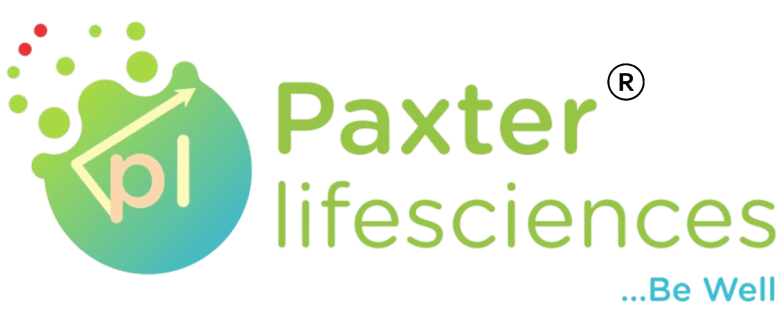Pharma is becoming smarter – and it’s a good thing
Let’s be honest – pharma manufacturing is no longer about a mixture of compounds and running tests. It is clever, faster and more connected. And a major reason for that change is the rise of IOT – Internet of Things.
But what does it really look like on the ground? And more importantly, what is the role of IOT in modern drug plants? Today we are going to find what we are going to find. If you are in operation, compliance or digital change within pharma, this is a place you cannot ignore.
IoT = Real-Time Visibility + Control
In simple terms, IoT refers to connected devices that communicate and share data. In a pharma plant, this could be anything from smart sensors on machinery to environmental monitors in cleanrooms.
So, what is the role of IoT in modern pharmaceutical plants? It starts with visibility.
With IoT in place, manufacturers can:
- Monitor temperature, humidity, and air pressure in real-time
- Track the performance of critical equipment
- Detect early signs of failure or contamination
Instead of reacting to problems after they happen, pharma teams can now prevent them altogether.
Driving Compliance and Quality Through Automation
Let’s talk about compliance—because in pharma, it’s everything.
IoT helps ensure every process is documented, traceable, and aligned with regulatory standards like FDA 21 CFR Part 11 or WHO-GMP.
Here’s how:
- Automated logging of batch data, temperature logs, and maintenance records
- Alerts and alarms when conditions deviate from required ranges
- Audit-ready reports that save hours (or days) of manual work
So when you ask, what is the role of IoT in modern pharmaceutical plants?, think of it as your silent compliance partner—always watching, always logging, and never sleeping.
Predictive Maintenance Is Saving Big Money
Downtime is expensive—and often avoidable.
IoT-powered maintenance systems can:
- Predict wear and tear on machines
- Schedule service before a breakdown occurs
- Extend the lifespan of expensive equipment
This not only reduces unplanned downtime but also boosts overall equipment efficiency (OEE), helping pharma plants operate leaner and smarter.
Smart Inventory and Cold Chain Management
Inventory losses in pharma are more than just a cost issue—they can affect patient safety.
IoT helps streamline supply chain management by:
- Tracking raw material usage in real time
- Monitoring storage conditions (especially for temperature-sensitive items like vaccines)
- Sending alerts if cold chain conditions are breached during transport
It’s one more way IoT ensures consistency, compliance, and accountability across the entire pharma production cycle.
Conclusion:
The internet of things definition doesn’t fully encapsulate its role in society; as an innovation, it is mostly associated with the future, but clearly… it has already arrived.
What would be the purview of IoT in today’s pharmaceutical plants? It’s base.
From real time monitoring and predictive maintenance, through quality control and inventory control systems – IoT is changing the way pharma facilities function. Systems are not controlled just for the sake of automation – it is designed with deep intelligence, advanced accuracy, and surgical precision






